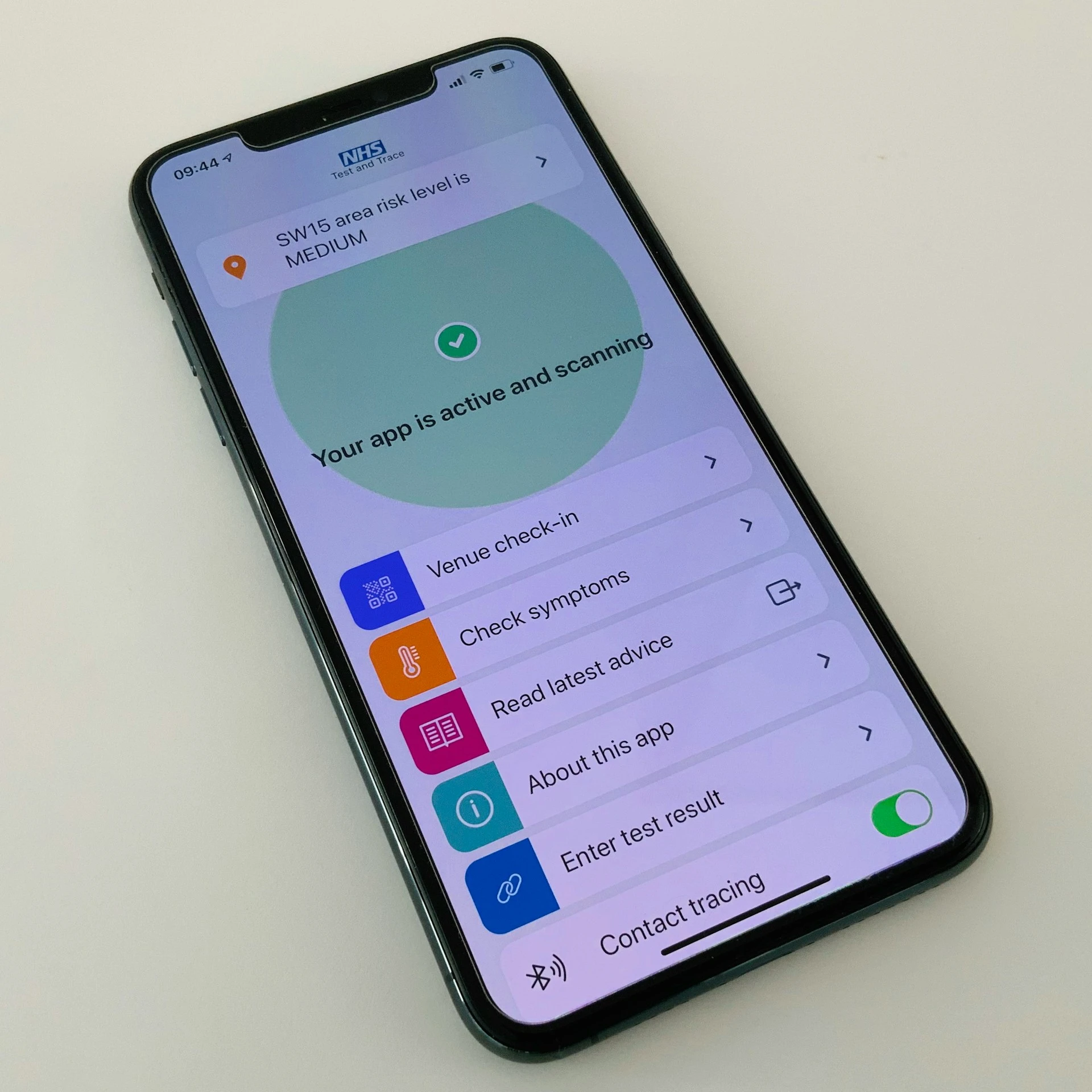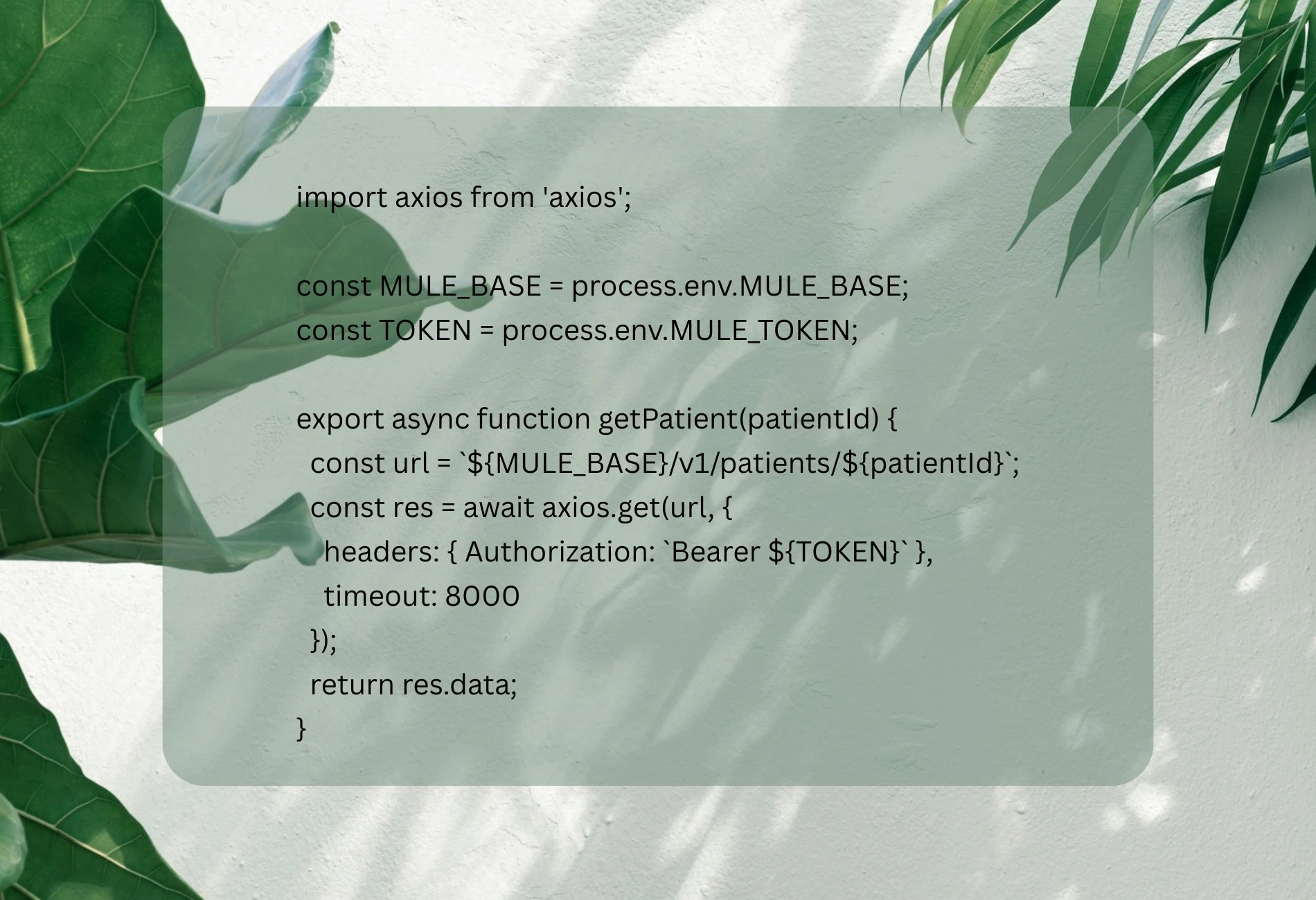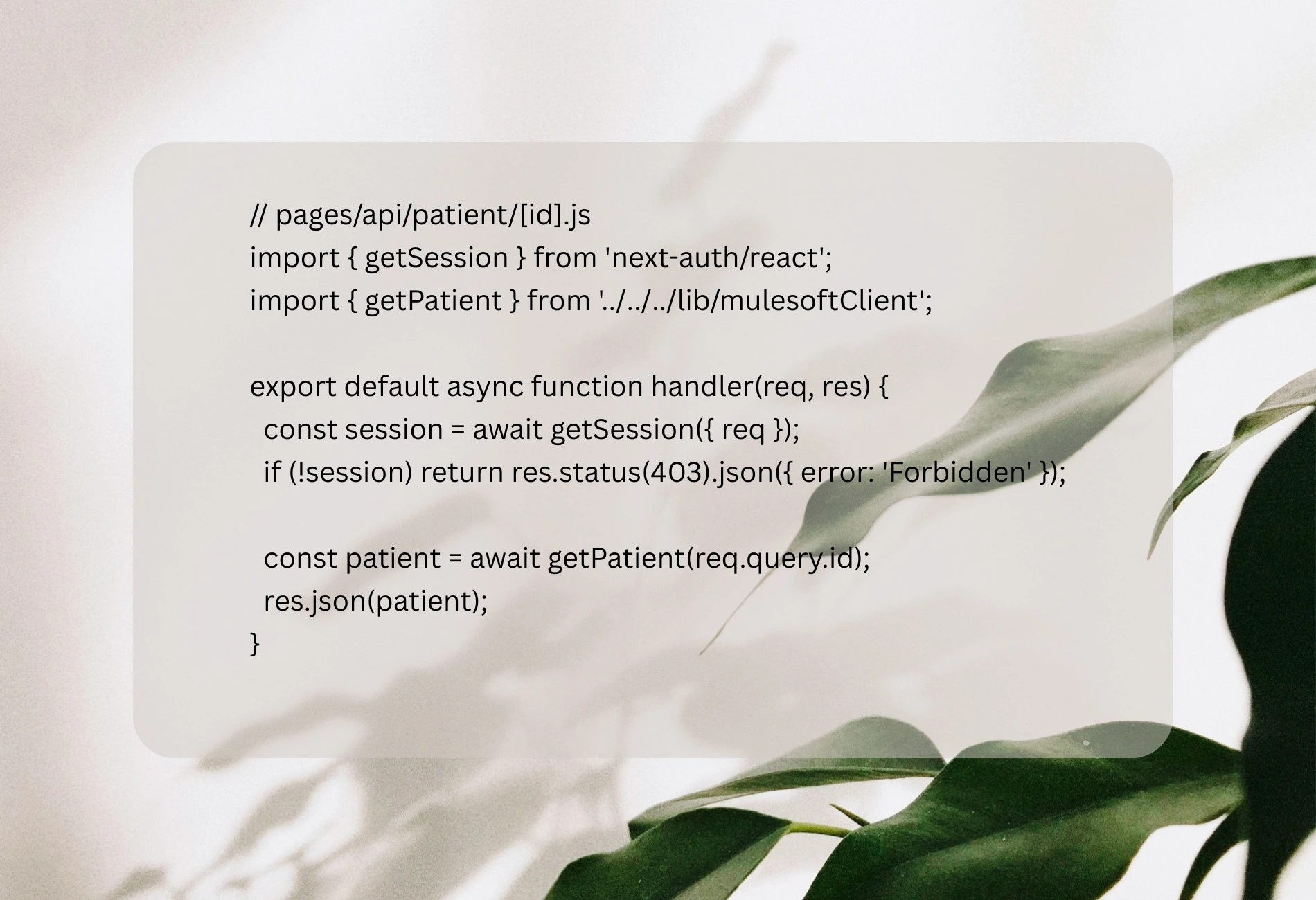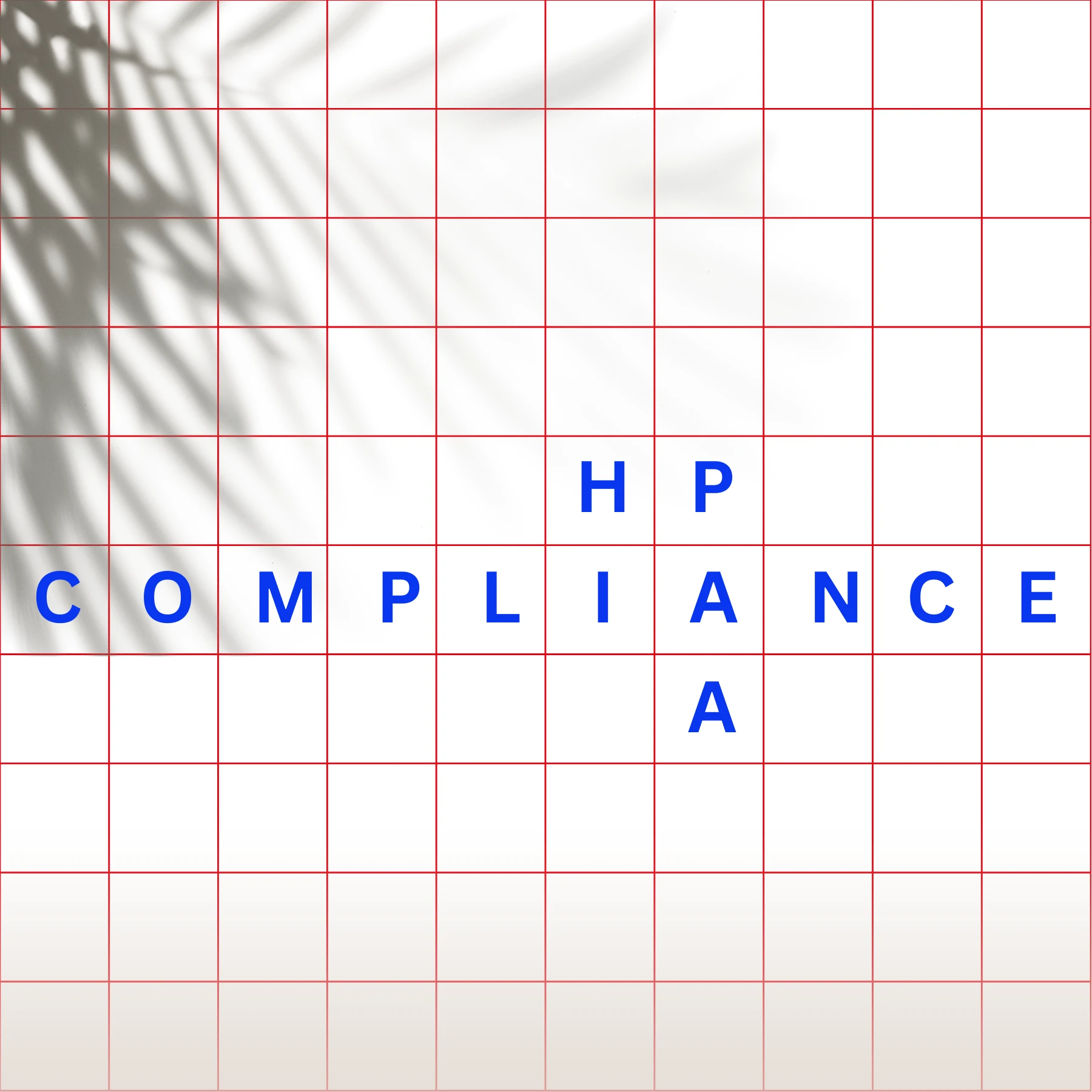
Why patient dashboards matter today
Healthcare organizations, especially post-acute and home medical equipment (HME/DME) providers, are swimming in data. Patient orders, delivery status, equipment usage, clinical notes, billing, and compliance checks live in different systems. Staff and patients both want this data in one place, accessible securely, and updated in near real time.
A patient dashboard is the bridge, a single screen showing the most important metrics without making users dig into multiple apps.
The technology trio
To build this, three technologies stand out:
- Brightree: a cloud platform widely used in post-acute care and HME/DME. It stores patient records, orders, and billing information. Brightree exposes web services and APIs that let us securely fetch this data.
- MuleSoft: the integration layer. Instead of connecting your dashboard directly to Brightree (and every other system), MuleSoft acts as the secure API facade. It authenticates, transforms data (say HL7 → JSON), enforces logging, and keeps compliance boxes ticked.
- Next.js + Node.js: the dashboard itself. Next.js handles the frontend, delivering fast-loading pages that can be server-rendered (good for SEO) or dynamic (good for real-time charts). Node.js powers the backend, managing secure calls to MuleSoft, handling tokens, caching responses, and feeding data to Next.js.
The architecture
Imagine the flow as a set of secure pipes:
- Brightree is the water reservoir (patient data).
- MuleSoft is the treatment plant. It cleans, formats, and monitors every drop that passes through.
- Node.js is the pump house. Controlling pressure, ensuring only the right taps get the right flow.
- Next.js is the tap—sleek, intuitive, and ready for the end user.
This way, your dashboard never talks directly to Brightree. All access is channeled through MuleSoft, which makes audits and compliance easier.
Balancing performance & SEO
Not all dashboard pages are equal:
- Clinic overview pages: Server-rendered with Next.js (SSR) for SEO, e.g., “Regional Performance” report.
- Patient-specific dashboards: Dynamic and secured behind authentication; SEO is irrelevant, security and speed matter.
- Aggregated KPIs: Use Incremental Static Regeneration (ISR), e.g., equipment utilization rates that update hourly but don’t need real-time.
This mix gives you both speed and SEO visibility where it counts.
Backend integration example
Here’s how your Node.js backend might talk to MuleSoft:

And a Next.js API route protecting patient data:

This keeps tokens hidden server-side and ensures only authenticated users see sensitive data.
What to show on the dashboard
A good dashboard doesn’t drown users in numbers. Highlight:
- Patient overview: demographics, active orders, equipment status.
- Clinical notes: latest updates from providers.
- Billing status: pending claims, insurance approvals.
- Operational KPIs: delivery timelines, service SLA compliance, equipment utilization.
- Alerts: overdue equipment, expiring authorizations, readmission flags.
Each metric should be updated with the right cadence: real-time for alerts, hourly for KPIs, daily for billing summaries.
Security & compliance
Healthcare data = sensitive data. Essentials include:
- HIPAA (U.S.): encrypt data in transit and at rest, log every access, sign BAAs, enforce MFA.
- GDPR (EU): ask for consent, allow patient access/deletion, handle cross-border storage carefully.
- India DPDP: similar to GDPR, consent and fiduciary duties are core.
The golden rule: collect the minimum necessary information and protect it everywhere it goes.
Testing & monitoring
- Audit logs: immutable, track every access.
- Penetration testing: catch vulnerabilities.
- Monitoring: dashboards for your dashboard (latency, errors, uptime).
- Incident response: documented playbook for breaches.
Final notes
Building a patient dashboard is not just a technical exercise, it’s about trust. Patients and providers trust that the right data is available at the right time, and always protected.
By combining Brightree’s clinical and operational data with MuleSoft’s integration muscle, and layering it with Next.js + Node.js, you create a dashboard that’s fast, user-friendly, and compliant with regulations across regions.
This is not a one-off project; it’s an evolving platform that needs continuous monitoring and updates. But the payoff- operational efficiency, regulatory confidence, and better patient outcomes- makes it worth every bit of engineering discipline.
Developer Tips & Insights



